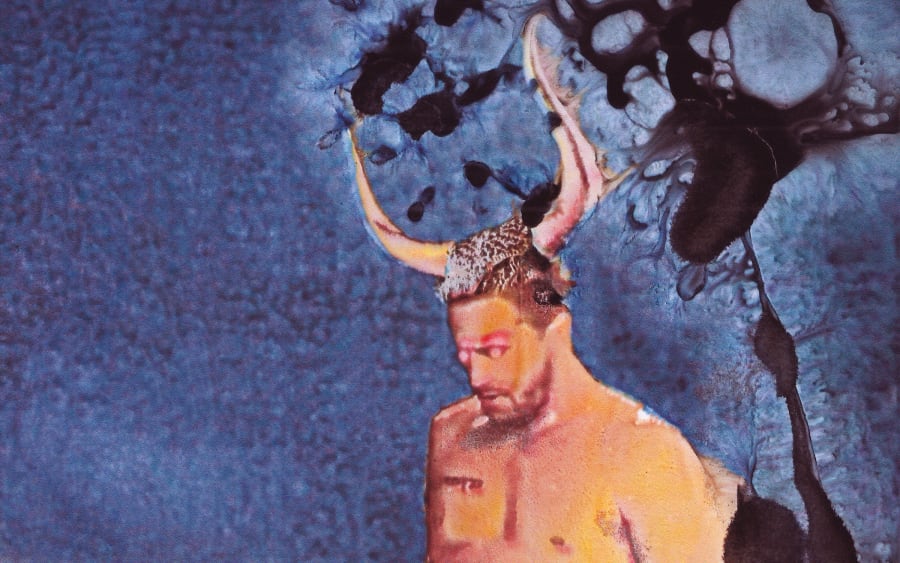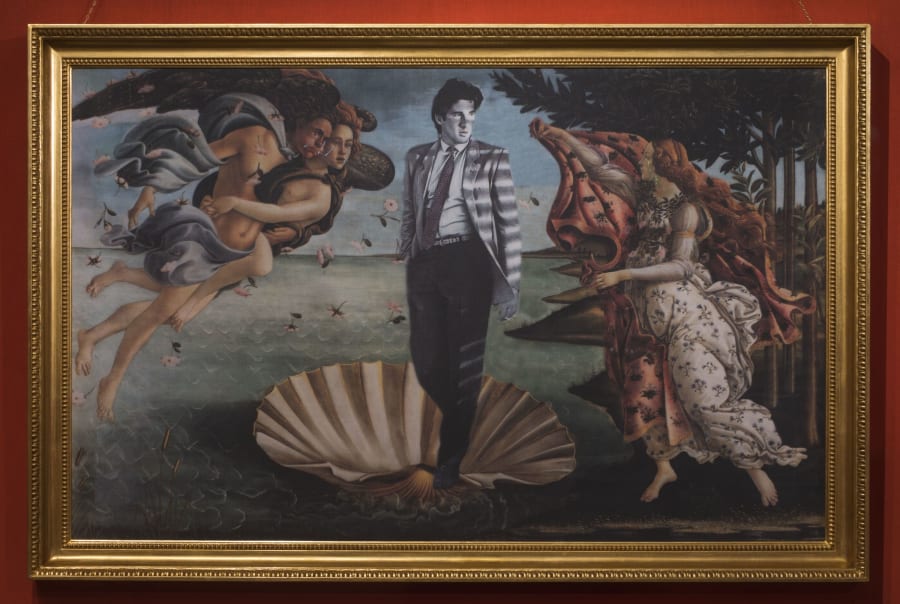A jewel of the French Riviera, Monte Carlo has always maintained close ties with contemporary culture. ‘There is a tradition of being a welcoming place for artists, which began when the principality established the Société des Bains de Mer at the end of the 19th century,’ explains Björn Dahlström, director of the Nouveau Musée National de Monaco (NMNM). But this tradition is not just a mere historical hangover. Observing the growing vitality of the artistic scene in Monte Carlo – highlighted by Monaco Art Week, which opens today – gallerist Almine Rech opened a branch here in 2024. She explains, ‘There is a real dynamism, which has intensified, driven by the will of local institutions to strengthen their programming. There is also a desire to anchor Monaco more firmly in the global cultural landscape. The Art Monte-Carlo fair also contributes to this, attracting an audience of enthusiasts each year.’
Set up in 2016 by Palexpo (Art Geneva), Art Monte-Carlo celebrates its ninth edition this year from July 7 to 9 within the new spaces of the Grimaldi Forum. For three days, it hosts 21 internationally renowned galleries, including Galleria Continua, Mennour, and Waddington Custot. The fair has helped foster the establishment of major names in contemporary art in the principality in recent years – Almine Rech, and before her Hauser & Wirth, which has been here since 2021.
The ground is fertile, with more and more international collectors spending at least part of the year in the region. ‘As opposed to places like Gstaad or St. Moritz the business in Monaco is not seasonal,’ explains Simon de Pury – auctioneer, collector, and dealer – who has been based in Monaco since 2019. ‘The density of major collectors living in Monaco can perhaps only compare to Manhattan or Switzerland. This represents a fabulous captive audience that artfairs such as Art Monte-Carlo or Monaco Art Week try to cultivate.’
Galleries continue to open. With a presence in Monaco since 2017, Fabrizio Moretti, a specialist in Tuscan art and old master painting, is preparing to open a new space on rue des Moulins, not far from Artcurial’s Monaco branch, the Opera Gallery, and Galerie Retelet, here since 2018. Four modern and contemporary art galleries are concentrated in an area occupied by luxury brands and private banks. And others might well be convinced to follow. ‘With the recent arrival of a number of wealthy individuals from London, we expect to see even more leading galleries establish themselves here,’ confides de Pury.
Monaco benefits from a particularly rich institutional fabric. The Villa Sauber – created in 1972 to house Madeleine de Galéa’s collection of dolls and automatons – was bequeathed by her grandson, Christian de Galéa, to Prince Rainier III. In 2008, it was renamed the Nouveau Musée National de Monaco (NMNM) and expanded to include the Villa Paloma. The arrival of Marie-Claude Beaud in 2009 shifted the museum’s focus toward contemporary creation, a direction she championed until her passing in 2024.
Great names (Richard Artschwager, Thomas Demand, Duane Hanson, Mike Nelson, Tom Wesselmann, Ettore Spalletti…) come one after another to Villa Paloma and Villa Sauber, all invited by Marie-Claude Beaud. Thanks to the approach she took, Monaco has become one of the key places on the Riviera for contemporary art.
Dahlström, who joined the NMNM in 2021, continues the work begun by his predecessor. He explains, ‘The NMNM has a well-defined identity: It is a museum that brings Modern and contemporary art into dialogue with heritage, creating both connections and juxtapositions, working in collaboration with living artists.’
The NMNM also encourages inter-institutional collaborations. Villa Sauber has just opened an exhibition devoted to the cactus, organized by botanist Marc Jeanson (of the Muséum national d’Histoire naturelle) and Laurent Le Bon, president of the Centre Pompidou – an institution that will close its doors in autumn 2025 to begin a renovation that is planned to continue until 2030. Didier Ottinger, curator and deputy director of the Centre Pompidou, will present a rereading of Modern painting through the prism of color at the Grimaldi Forum this summer.
A city of galleries, collectors, and museums, Monaco is also a city of artists. During the second half of the 20th century, Francis Bacon, Jean-Michel Folon, and Helmut Newton all left their mark on the principality. Today, notes de Pury, one can encounter George Condo, Minjung Kim, sometimes even Mark Bradford or Francesco Vezzoli, when they are in town preparing an exhibition.
The international residency program Les Ateliers du Quai also plays a major role. ‘These are stays of three to six months, during which artists, like Laetitia Ky, an Ivorian artist currently in residence, can grapple with the country’s unique ecosystem,’ explains Dahlström. ‘There are also artists permanently installed here, like Wim Delvoye, who participate in local cultural life.’
The Department of Cultural Affairs, an organization that oversees Monégasque government institutions under the aegis of Françoise Gamerdinger, is also developing a residency program dedicated to former students of the Pavillon Bosio – the principality’s art school – and to international artists. Luciano Chessa, an Italian composer, is among recent residents. During his stay, he conceived a performance inspired by the Grand Prix ‘Monaco Veloce’ that he performed last year at the Théâtre Princesse Grace, during Art Monte-Carlo.
As for local cultural life, collectors are not to be outdone. In 2014, Majid Boustany created the Francis Bacon MB Art Foundation. It houses the largest grouping ever assembled of the British painter’s work, notably his furniture, designed in London in the 1930s, a few years before he devoted himself exclusively to painting.
Over the years, openings have multiplied. In 2019, for example, collector Silvia Fiorucci created the Società delle Api in Folon’s former studio on quai Antoine-1er. She invites curators and students from the Pavillon Bosio to present her collection often in quite unusual formats. The Società delle Api is currently hosting Louise Sartor’s exhibition ‘De haut en bas & back again’, organized by independent curator Oriane Durand.
Monaco continues to transform itself, too, from top to bottom. Soon, it will be Villa Sauber that will undergo an ambitious transformation. As Dahlström outlines, ‘The construction will begin next January and will last about three years. The project, entrusted to architect Renzo Piano, aims to offer a museum setting of the highest standard, equal to the ambitions of the NMNM. It will involve not only optimizing exhibition spaces, but also responding better to our educational, scientific, and conservation goals. We will be able to reveal the details very soon.’ Faithful to its tradition as a welcoming place, the principality is looking resolutely toward the future.
Élodie Antoine is a journalist based in Nice.
English translation: Art Basel.
Caption for header image: Monte Carlo. Photograph by Berat Nalci for Art Basel.
Published on July 7, 2025.


